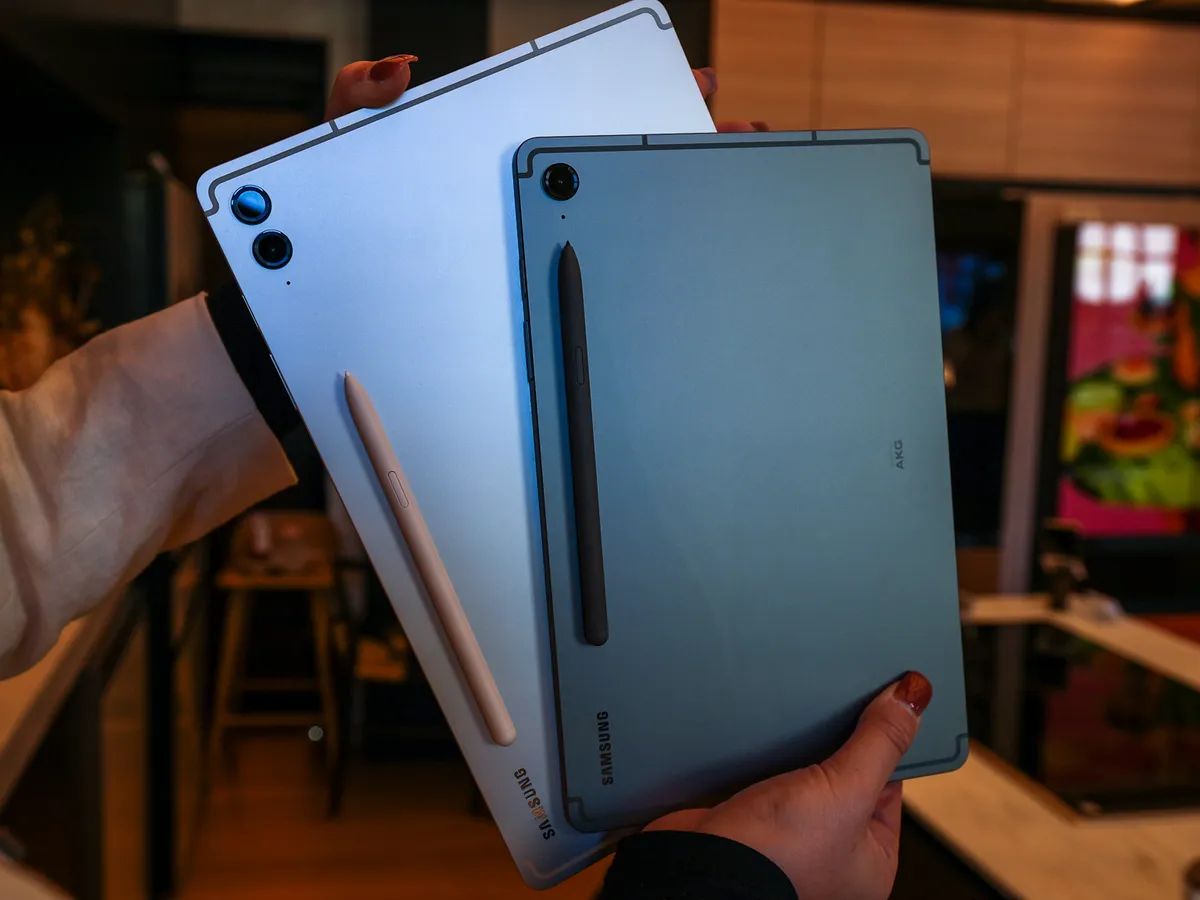
Understanding Your Needs
Before diving into specifics, it's important to understand your requirements. Here are some questions to consider:
- Purpose: What will you use the tablet for? (e.g., entertainment, work, education)
- Screen Size: Do you prefer a smaller, portable device or a larger screen for better viewing?
- Performance: Do you need high-performance capabilities for tasks like gaming or video editing?
- Battery Life: How long should the battery last? A long-lasting battery is essential for those always on the go.
- Additional Features: Are there specific features you need, such as a stylus, camera quality, or connectivity options?
Key Features to Consider
When choosing an Android tablet with 128GB storage, several key features should be considered:
Display
The display is one of the most critical aspects of any tablet. Consider the following:
- Resolution: Look for tablets with high-resolution displays (at least Full HD or 1080p). Higher resolutions provide sharper images and better visual quality.
- Screen Size: Larger screens can be more immersive, while smaller screens are more portable and easier to handle.
- Aspect Ratio: Decide whether you prefer a traditional 16:9 aspect ratio or something more modern like 21:9 or 18:9.
Performance
Performance is crucial if you plan to use your tablet for demanding tasks like gaming, video editing, or multitasking.
- Processor: Look for tablets with powerful processors like Qualcomm Snapdragon or Samsung Exynos. These processors offer better performance and efficiency.
- RAM: Ensure the tablet has sufficient RAM (at least 4GB) to handle multiple applications simultaneously without lag.
- Storage: While you're looking for a 128GB model, consider whether additional storage options are available (e.g., microSD card slots).
Battery Life
Battery life is essential if you plan to use your tablet extensively.
- Battery Capacity: Check the battery capacity in mAh (milliampere-hours). Higher capacities generally indicate longer battery life.
- Power Efficiency: Look for tablets with power-efficient processors and displays to maximize battery life.
Camera
If you plan to use your tablet for photography or video recording, a good camera is essential.
- Resolution: Check the camera resolution (e.g., 8MP or higher). Higher resolutions provide better image quality.
- Features: Some tablets come with advanced camera features like optical zoom, portrait mode, and low-light enhancement.
Connectivity
Ensure the tablet has the necessary connectivity options for your needs.
- Wi-Fi: Look for tablets with Wi-Fi 6 or 6E for faster and more reliable internet connectivity.
- Bluetooth: Ensure it supports the latest Bluetooth version (e.g., Bluetooth 5.3) for seamless connectivity with other devices.
- USB Ports: Check if it has USB-C or USB-A ports for charging and data transfer.
Top Models to Consider
Here are some top Android tablets with 128GB storage that you might want to consider:
Samsung Galaxy Tab S8
The Samsung Galaxy Tab S8 series offers high-performance capabilities with Qualcomm Snapdragon processors and up to 16GB of RAM. It features a stunning 11-inch or 12.4-inch Super AMOLED display, making it ideal for both work and play.
Google Pixel Slate
The Google Pixel Slate is another excellent option with a 12.3-inch display and up to 16GB of RAM. It runs on Google's Chrome OS but can also run Android apps seamlessly. It's known for its sleek design and robust performance.
Asus ZenPad 10
The Asus ZenPad 10 offers a more budget-friendly option with a 10-inch display and up to 4GB of RAM. It features a MediaTek processor and supports up to 128GB of expandable storage via microSD cards.
Lenovo Tab M10
The Lenovo Tab M10 is another budget-friendly option with an 8-inch or 10-inch display and up to 4GB of RAM. It runs on Android 11 and supports up to 128GB of expandable storage via microSD cards.
Additional Tips
Here are some additional tips to help you make the best choice:
Operating System
While most Android tablets run on Android 11 or later, some may run on older versions like Android 10. Ensure you're comfortable with the latest operating system features and security patches.
Software Updates
Check if the manufacturer provides regular software updates to ensure your tablet stays secure and receives new features over time.
Stylus Support
If you're interested in using a stylus, look for tablets that support it natively (e.g., Samsung Galaxy Tab S8). Some tablets may require additional purchases for stylus support.
Durability
Consider the build quality and durability of the tablet. Look for devices with IP ratings (e.g., IP67) for water and dust resistance.
Choosing the best Android tablet with 128GB storage involves considering several key factors including display quality, performance, battery life, camera capabilities, and connectivity options. By understanding your needs and evaluating these features in top models like the Samsung Galaxy Tab S8 or Google Pixel Slate, you can make an informed decision that meets your requirements perfectly.
